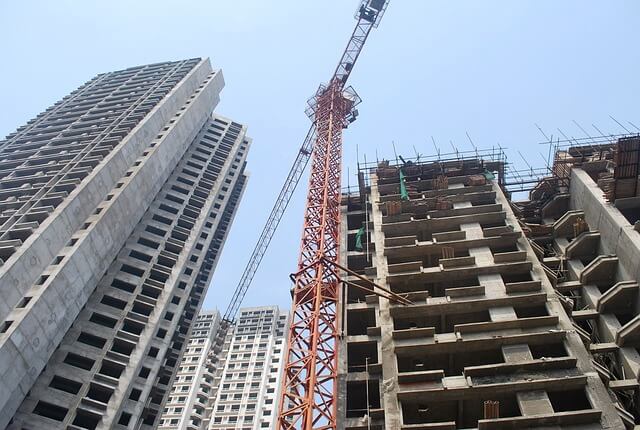
In the UK, fire safety has always been a top priority, and as technology advances, so does the legislation that governs it. In this regard, Section 156 of the Building Safety Bill has the potential to significantly alter UK-wide fire alarm installation procedures. This article examines how Section 156 will affect the installation of fire alarms in the future, highlighting how crucial these changes are for improving public safety.
Recognising Section 156:
The Building Safety Bill’s Section 156 is a component of a larger legislative initiative to improve fire safety in multi-story residential buildings. It focuses primarily on the installation of fire alarm systems in these buildings, which frequently have multiple occupants and present special issues for safety and escape.
Key Provisions of Section 156:
- Competency requirements:
- The requirement that persons in charge of installing fire alarm systems adhere to certain competency requirements is possibly the most significant modification made by Section 156. This involves ensuring that installers have the qualifications, training, and experience required to complete their work efficiently.
- Certification and Registration:
- The legislation mandates that fire alarm installers must be certified and registered with a recognised body. This move towards certification and registration will contribute to a higher level of professionalism and accountability within the industry.
- Inspection and Maintenance:
- Section 156 also places an emphasis on regular inspection and maintenance of fire alarm systems in high-rise buildings. This is crucial for ensuring that these systems remain operational and reliable in the event of an emergency.
- Record-Keeping:
- The legislation requires meticulous record-keeping of fire alarm installations and maintenance activities. This documentation will serve as a crucial resource for building owners, regulators, and emergency responders.
Impact on Fire Alarm Installation:
- Improved Quality and Reliability:
- Section 156’s focus on competency and certification will undoubtedly lead to higher standards in fire alarm installation. This, in turn, will result in more reliable systems that can effectively safeguard occupants in high-rise buildings.
- Enhanced Accountability:
- The requirement for registration and record-keeping will enhance accountability within the fire alarm installation industry. Building owners and authorities can readily identify responsible parties and ensure compliance with safety regulations.
- Timely Maintenance:
- With a greater emphasis on inspection and maintenance, fire alarm systems are more likely to receive the attention they need to remain in peak condition. This reduces the risk of system failures during emergencies.
- Safer High-Rise Living:
- Ultimately, the overarching goal of Section 156 is to make high-rise living safer for residents. By mandating higher standards and accountability, the legislation seeks to minimise the potential for catastrophic fire incidents.
Conclusion:
Section 156 of the Building Safety Bill is set to bring about significant changes in the way fire alarm systems are installed and maintained in high-rise residential buildings in the UK. By prioritising competency, certification, and accountability, the legislation aims to enhance the safety of occupants and reduce the risk of fire-related tragedies. As the UK continues to evolve its fire safety regulations, it reinforces the nation’s commitment to protecting lives and property from the devastating impact of fires in high-rise buildings.
Fire alarm courses
For more information, please see the below link.
